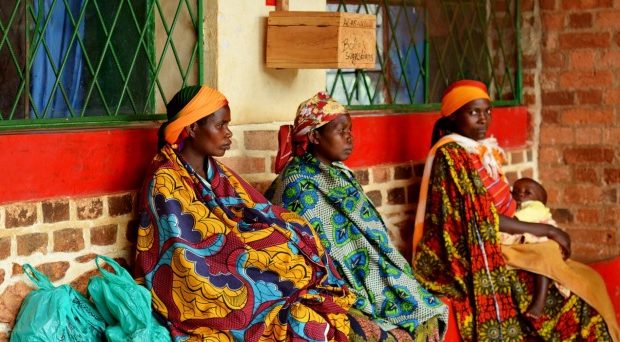
The evidence is clear and unequivocal: societies with higher levels of gender equality are safer and more prosperous. Better places for everyone to live.
But what role does the health sector play in the promotion of such equality? Do health systems help or hinder progress? And what is the responsibility of the health system to support gender equality and social justice?
Since 2012, we have researched these questions, with a focus specifically on post-conflict settings where abundant donor resources and more malleable social norms may present unique opportunities for change. Yet these are important questions for all contexts. How we view health systems provides a heuristic framework for researchers and policy makers, shaping their expectations for these systems as well as policy directions and resource allocations.
Such research is inherently challenging. What are we trying to explain? Is our outcome of interest – our dependent variable – gendered variation in health outcomes, the effectiveness of the health system, or both? In many low and middle-income countries, little data exists for either measure.
And how do we approach this research? Gender inequities in society clearly impact health outcomes. What is the role of the health system in addressing the link between inequities and health? Health systems are social institutions, embedded within their local contexts. How do gender norms manifest themselves, and how we measure gender equity within health systems themselves? And can we distinguish weak and under-resourced systems from gender inequitable ones?
Assessing gender equity
To navigate these challenges, in our paper Gender Blind we built on earlier research and adopted a benchmarking approach, which identified the attributes of a gender equitable health system. We then established benchmarks for each of the WHO health system building blocks to assess if these health systems were gender equitable.
Through an iterative review of peer reviewed research, grey literature, and available health data, we analyzed health systems in four post-conflict contexts – Mozambique, Timor-Leste, Northern Uganda, and Sierra Leone – against those benchmarks.
Women in all settings reported that cultural and social beliefs impeded their access to health care and providers often subjected patients to verbal and physical abuse.
In these four contexts, health systems reflected and reinforced pernicious gender norms. Women in all settings reported that cultural and social beliefs impeded their access to health care and providers often subjected patients to verbal and physical abuse. Women faced barriers to comprehensive reproductive health services. Human resource strategies did not incorporate gender.
Health systems also failed to acknowledge or address the gendered impact of geographic barriers to care, out of pocket payments, drug stock-outs or the absence of health workers in clinics that disproportionately affected women.
Our research convincingly demonstrated that health system engagement is gender blind. Once policy makers implement programming in the area of maternal health and sexual violence programs, they check the ‘gender’ box. Health researchers and policy makers reflect little on gender dynamics within the health system because they regard health systems as technical institutions.
But health systems are embedded in and shaped by their social context. They mirror inequities and power relationships within society. And they can resist broader efforts to promote gender equality.
The bricks and mortar of health systems
We build on health systems research, to use a ‘bricks and mortar’ analogy. Health systems engagement typically focuses on the ‘bricks’ of health systems (as is clear through the WHO Building Block nomenclature). Improving the bricks is critical for gender equitable health systems: they need skilled personnel, financing, efficient delivery of services, and access to medicines.
But social institutions like health care are held together by the interaction between people and systems that are shaped by social norms such as gender. In many settings, women and girls are viewed as objects to dominate, limiting their life chances. The same beliefs shape the behavior of men and boys. Gender norms can be harmful for everyone and they are part of the mortar that holds together the bricks of the health system.
For health systems to ensure sustained improvement in health outcomes, our evidence suggests that it is the responsibility of health systems to confront gender and the cultural context of gender norms.
Throughout their life span, individuals interface with the health sector more than any other social institution. Health workers are respected members of the community who are accustomed to having difficult conversations about health determinants. They understand the social and cultural dynamics of their communities and confront on a daily basis the health impacts of gender norms.
But more research is clearly needed on how health systems can best support gender equity. We know that societies with higher levels of gender equality are more peaceful and prosperous. But we know less about how gender inequitable societies transform into more equitable ones or the potential role of the health system and health workers in that process.
We hope that our research will provoke further discussion and experience sharing on how the health sector can meaningfully promote change to improve health systems and enable them to better respond to the needs of all members of the communities that they serve.
Comments